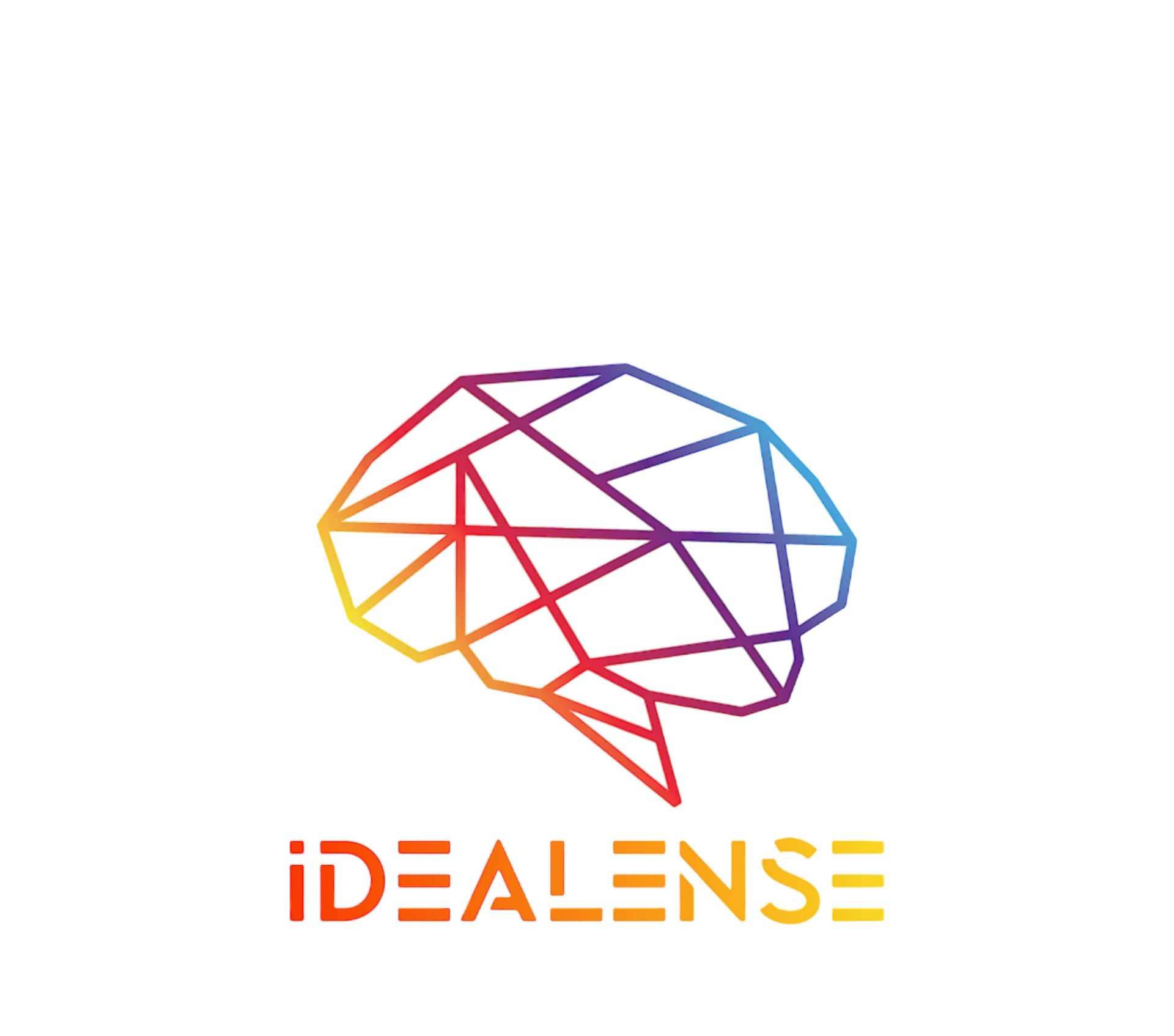My favorite drug isn’t found in a bottle, a pill, or a potion—it’s neatly sketched out in bullet points, tasks, and checkboxes. The to-do list, a seemingly innocuous collection of tasks, has become my most reliable stimulant, offering a high that no pharmacological concoction can match. This simple tool, emblematic of our collective obsession with productivity, has transformed from a mere organizational strategy into a powerful psychological stimulant.
The allure of the to-do list lies in its simplicity and the promise of control it offers in a world often seen as chaotic and unpredictable. Each item on the list represents a microcosm of our lives, a tangible representation of our goals, aspirations, and daily necessities. The act of checking off a completed task is akin to a small victory, a surge of dopamine that propels us forward, hungry for the next accomplishment. This cycle, endlessly repeatable, becomes addictive.
Compelling Science
The science behind this addiction is compelling. When we complete a task and mark it off our list, our brains release dopamine, a neurotransmitter associated with pleasure and motivation. This chemical reward system encourages us to repeat the behavior, creating a feedback loop that reinforces our list-making and task-completing habits. The to-do list, therefore, is not just a tool for organization—it’s a catalyst for a biological process that makes us feel good.
Desire For Achievement
But my love affair with the to-do list is not purely biochemical. It is deeply psychological, rooted in the human desire for structure and achievement. In crafting our lists, we indulge in a form of future-casting, envisioning a day or week where our goals have been met, our tasks completed. This act of planning is inherently optimistic, a manifestation of hope in the form of bullet points and checkboxes.
Danger of Obsession
There is, however, a darker side to this addiction. The endless pursuit of productivity can lead to a pathological obsession with efficiency, where the value of our days is measured not by the richness of our experiences but by the number of items crossed off our lists. The pressure to constantly achieve can erode our well-being, turning the to-do list from a tool of empowerment into a chain of perpetual obligation.
Drug of Choice
Despite these risks, the to-do list remains my drug of choice. Like any powerful substance, it requires careful management and moderation. Used wisely, it can enhance our productivity, focus our minds, and satisfy our innate desire for progress. Abused, it can lead to burnout, anxiety, and a sense of never-ending inadequacy.
Embracing the to-do list as my favorite drug has required me to learn the art of balance, to know when to push forward and when to step back. It has taught me that productivity is not the sole measure of a life well-lived, but rather one tool among many in the pursuit of fulfillment.
Conclusion
The to-do list, with its simple elegance and powerful psychological effects, remains a central part of my daily life. It is a testament to the human capacity for planning, achievement, and self-improvement. Like any potent drug, it must be handled with care, respect, and a healthy dose of self-awareness. In the end, the to-do list is more than just a productivity tool—it’s a mirror reflecting our deepest desires, challenges, and the endless quest for personal growth.





